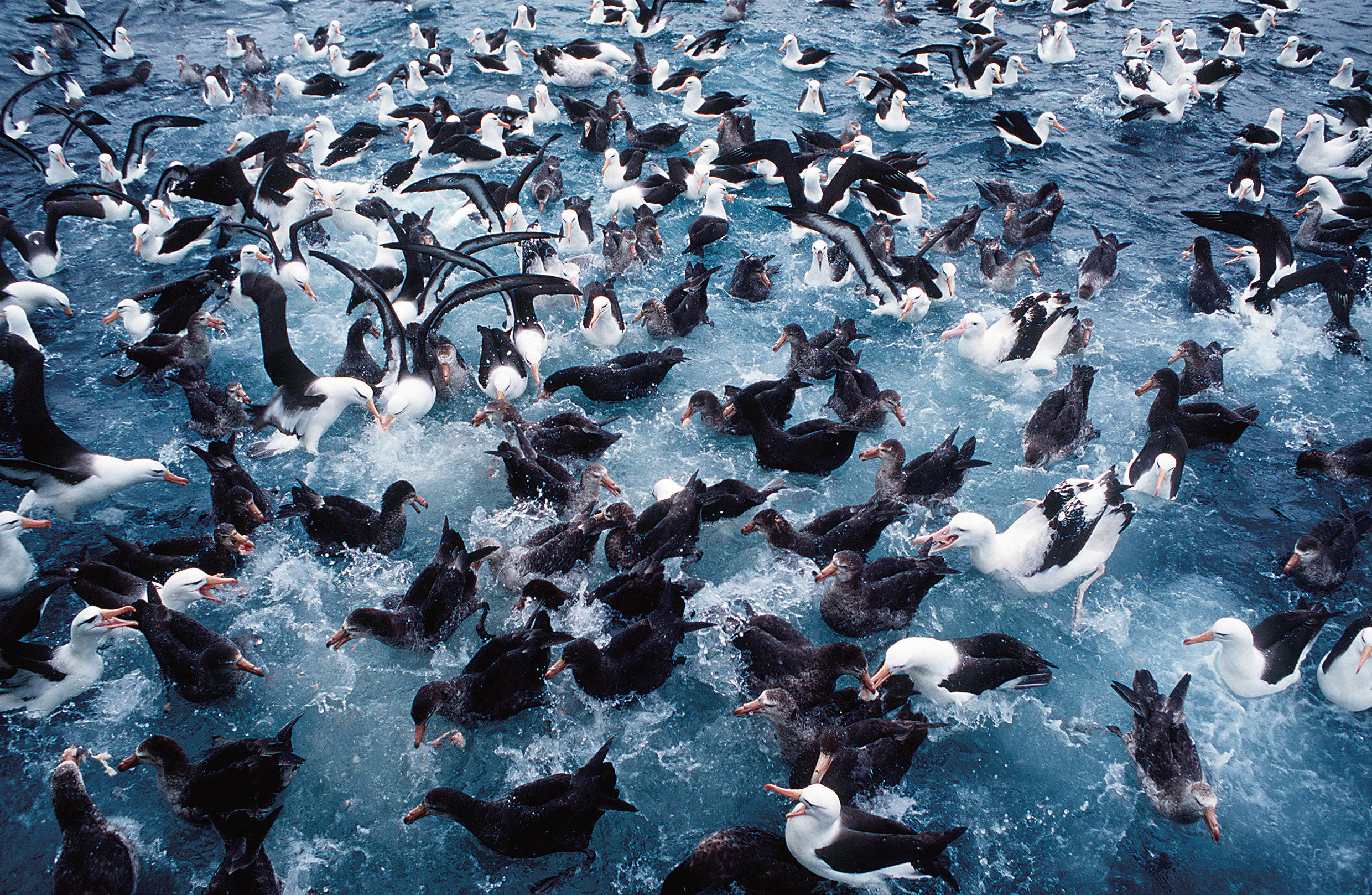
Tracking ecologically important marine regions
An international study published recently in Nature, and led by Mark Hindell from the Institute of Marine and Antarctic Studies, relied on the simple principle of tracking marine animals to their food sources to identify Areas of Ecological Significance in the Southern Ocean. The result is an integrated map of ecologically important areas that can be used to inform conservation efforts.
The team of 44 researchers combined more than 4000 animal tracks from 12 seabird species, and five marine mammal species to identify where marine predators, and therefore their prey, commonly congregate. Key areas of diversity were found to be dotted around the Antarctic continental shelf, and in regions around the Antarctic Peninsula and the sub-Antarctic islands south of the Indian Ocean, and corresponded with the availability of suitable breeding or resting habitat.
Co-lead author Hindell said the use of data from electronic tagging to identify areas of the Southern Ocean where predators most commonly go showed where their prey can be found.
“For example, humpback whales and penguins go to places where they can feed on krill, whereas elephant seals and albatrosses go where they can find fish, squid, or other prey.
If all these predators and their diverse prey are found in the same place, then that area has both high diversity and abundance of species, indicating it’s of high ecological significance,” he said.
Co-lead author Ben Raymond, associate professor and computational ecologist at the Australian Antarctic Division agreed, saying the identified areas were ecologically significant due to their high biodiversity, biological productivity, or their importance for particular stages in the life cycle of species.
“We found these areas are subject to stressors including climate change and direct human activity, and that continued climate change over the next century is predicted to impose further pressure on them,” Raymond said.
The study provides information that can help ensure conservation measures such as Marine Protected Areas and robust fisheries management are well targeted and appropriate, but Hindell said ongoing tracking and dynamic manage- ment of MPAs would be required in future to ensure continued protection of Southern Ocean ecosystems and their resources.
“Climate model projections indicate that areas of important habitat may change by 2100 so dynamic monitoring of MPAs, updated over time in response to ongoing change, is needed as their fixed boundaries may not remain aligned with important future habitats. Our study highlights where future science-informed policy efforts might be best directed, including both adaptive spatial protection and improved fisheries management,” he said.
The study also included contributions from Tasmanian-based researchers from the Antarctic Climate and Ecosystems Cooperative Research Centre, the Tasmanian Department of Primary Industries, Parks, Water and Environment, and the Australian Antarctic Division, and was supported by the Centre de Synthèse et d’Analyse sur la Biodiversité, France, and the WWF-UK.
Anne Layton Bennett


